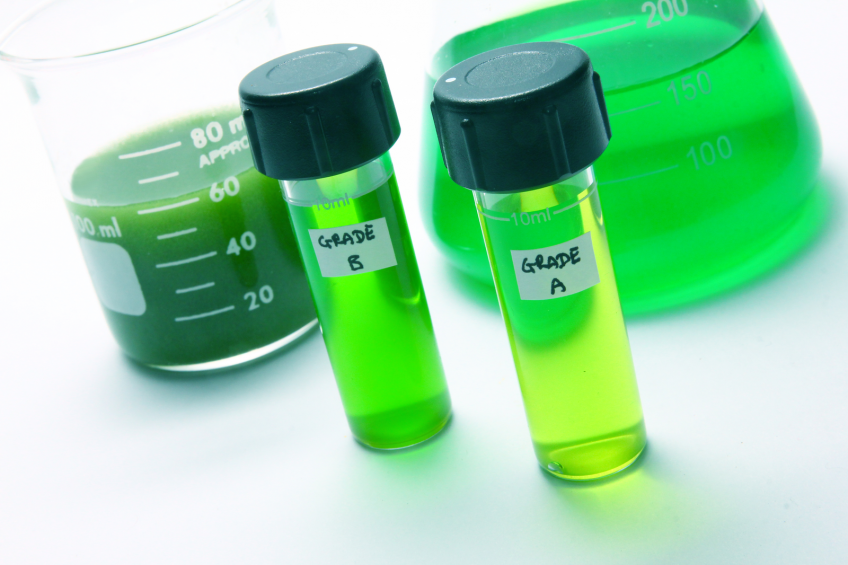Benefits of seaweed in poultry diets

Seaweed – in what role can it be successfully applied in poultry diets? A recent scientific overview examines their role as an additive and their potential effects for poultry health and egg quality.
The overview was presented by scientists from Italy and France in the scientific journal Animal Feed Science and Technology. The article summarised the most relevant research to the use of seaweed in livestock diets. Below, the findings with regard to poultry are summarised.
Improved animal immune status
Seaweeds have been used in poultry to improve animal immune status, to decrease microbial load in digestive tract, and for their beneficial effect on quality of poultry meat and eggs. Nowadays, seaweeds are fed as additives in low amounts, with inclusion rates being generally low at 1–5%.
Calcified seaweeds are a valuable alternative source of calcium for broilers as availability of organic calcium is higher than that of inorganic calcium from mineral sources such as limestone. While high dietary concentrations of calcium from limestone decrease phosphorus digestibility, the lower concentrations made possible by calcified seaweeds result in better bone health and reduced leg weakness and lameness.
Nutrient availability of green seaweed
Green seaweed Enteromorpha prolifera fed to broilers at inclusion rates ranging from 2% to 4% provided best nutrient availability and high apparent metabolizable energy, which may be attributed to a high level of amylase in the duodenum. It had a positive effect on feed intake, feed conversion ratio and average daily gain while reducing abdominal and subcutaneous fat thickness, thus improving breast meat quality.
Inclusion of U. lactuca at 3% dietary level in broilers (12–33 day-old) had no effect on feed intake, body weight gain, feed conversion ratio and nutrient retention, while its inclusion at levels higher than 10% resulted in lower feed intake and reduced growth rate in 3 week-old broilers and cockerels.
Benefits of seaweed on egg quality
Brown seaweed Sargassum species from the Red Sea shore fed to laying hens during 20–30 weeks at 1–12% dietary level had no deleterious effect on body weight, egg weight, egg production, feed conversion ratio and egg quality. Sargassum dentifolium fed raw, boiled or autoclaved at levels of 3% or 6%, was beneficial to egg quality. It decreased yolk cholesterol, triglycerides and n-6 fatty acids and increased carotene and lutein plus zeaxanthin contents. Boiling improved high density lipoprotein, a desirable trait for human health.
Green seaweed E. prolifera included at 1–3% resulted in improved egg production and quality: it increased weight, shell thickness, and yolk colour and reduced cholesterol in yolk. It also resulted in a lower E. coli load in faeces, suggesting better animal health. Also it was found to decrease the feed conversion ratio.
The total article, also including effects for other livestock species, e.g. sheep and poultry, in Animal Feed Science and Technology was compiled by Harinder P.S. Makkar and Philippe Ankers, FAO, Rome, Italy; Gilles Tran and Valérie Heuzé, Association Française de Zootechnie, Paris, France; Sylvie Giger-Reverdin, attached to both the INRA, Paris France and the AgroParisTech UMR, Paris, France; Michel Lessire, INRA, Nouzilly, France; and François Lebas, Association Cuniculture, Corronsac, France.
More about New Proteins
Read more about seaweeds as well as other new proteins in All About Feed’s exciting New Proteins dossier.












